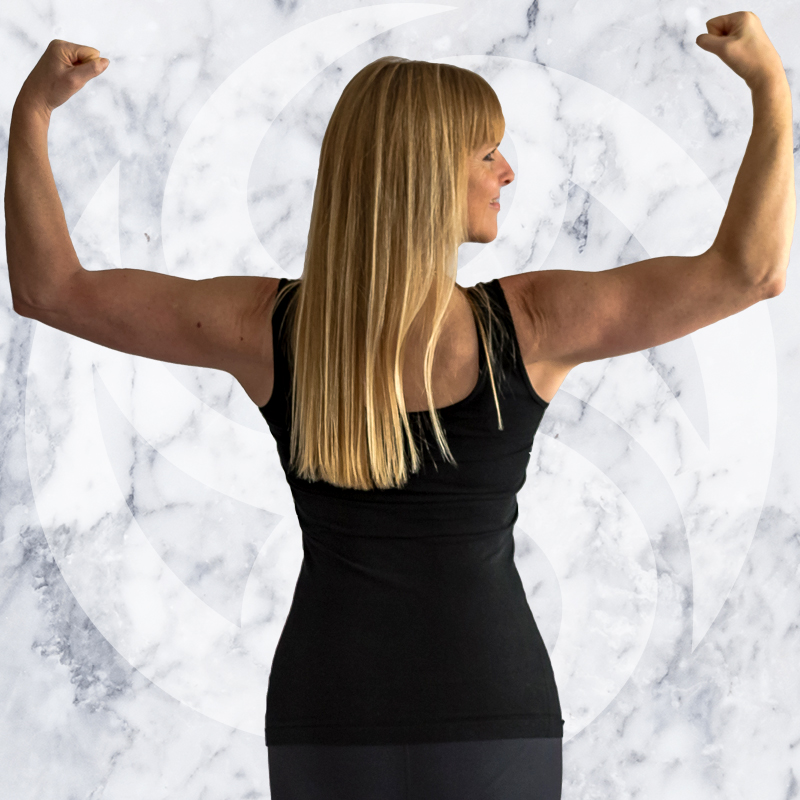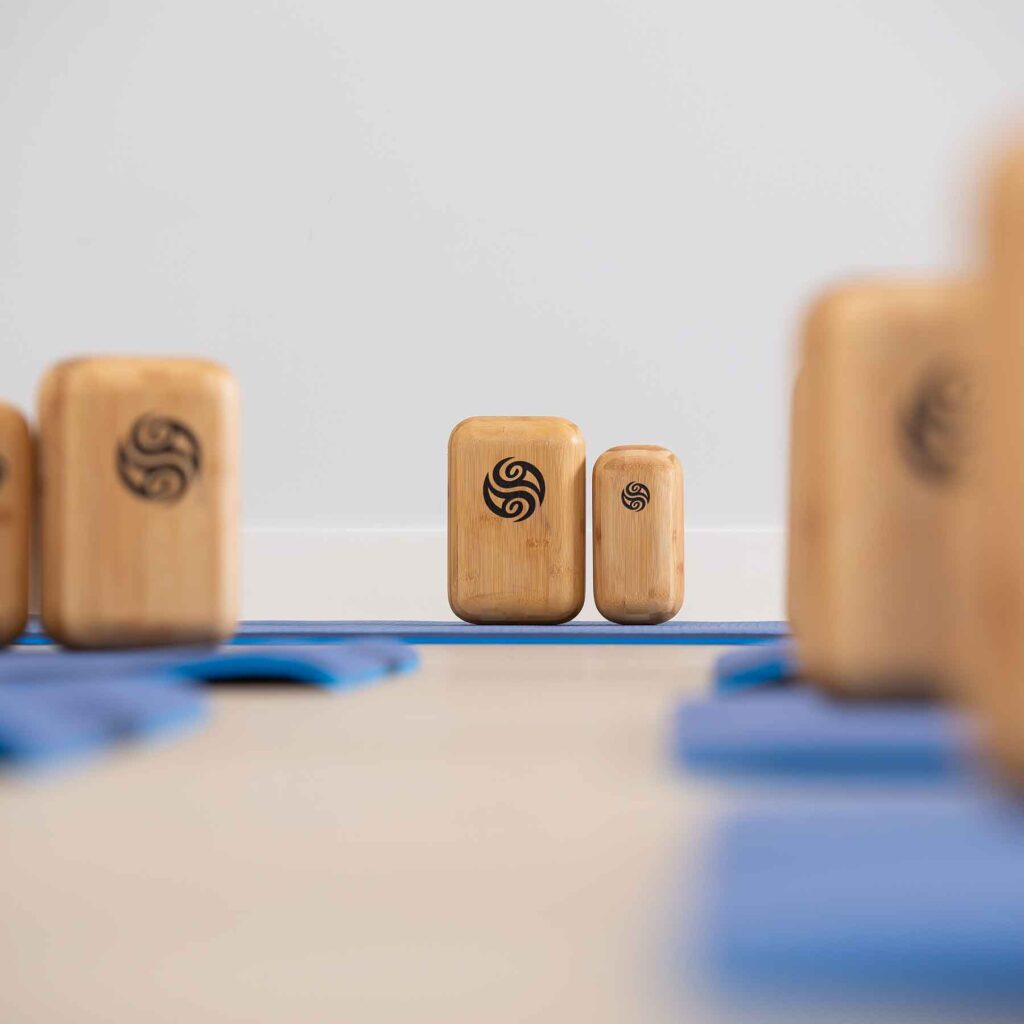Fascia Decompression for Healthy Hair

As you age and fascia begins to wind down around the extremities, the body is pulled in a forward rotational direction. There is one foot that acts like a flat tire that drives the body from balance, the other side becomes an anchor to stop you from tipping over. Adhesions form in the areas of collapse to create false walls and false floors to stop you from falling, but consequently reduces blood and oxygen flow to cells.

This happens in the joints of the body, but also between every cell as once the body begins its collapse, all cells migrate from their natural resting place. The body wants to be balanced and responds to the unconscious postures that are created under the influence of gravity. The further from balance you are, the faster the migration occurs.
If you look at a body from the side, you will see the overall collapsing of posture. First the collapse occurs in the ribcage from incorrect breathing over time. The weakened diaphragm can’t support the weight of everything above causing a crashing down of the ribcage into the core. The lack of oxygen absorption from the upper chest breath then affects the extremities as they are the furthest from this engine. As cells become starved for oxygen, they begin to deflate and the collagen in the fascia begins to migrate, gripping onto everything in its pathway to create stability. The imbalance that is seen in the legs and feet from the flat tire/anchor relationship is also mirrored in the arms and hands.
The limbs are like tent poles, there to support core alignment. When they aren’t functioning as needed, the core/ribcage become manipulated even further, creating a dramatic forward pull on the head, also in a forward, rotational direction. The collagen in the fascia connecting the cells on the scalp respond to this by gripping and adhering to the skull. As energy moves in waves and spirals, the adhesions grip with a twist, often creating cowlicks throughout. The further the head is pulled forward, the more the anchoring of the adhesions that are created to prevent further migration.
This takes away space between the cells. Like a net that is pulled on one end, the space between each opening gets smaller. For the hair follicles, this limits the amount of blood and oxygen flow that can get to them. This will be seen most at the hairline and sides of the forehead as the first areas to lose flow, and the top of the head as the collagen from the apex of the body will grip with that 2000 pound per square inch force as the tissue begins its downward descent.
Whether man or woman, hair loss and thinning can be a scary journey. I have had my own troubles with hair loss after I had a bad fever for many days. To see hair in the tub, feel it falling out between your fingers and seeing it breaking as you brush it can leave you feeling anxious and stressed. This in turn can make matters worse as the stress and fear will affect your breath, exaggerating the issue. As much as there are some things that we can’t control, we can control our breath and alignment when you learn to decompress the fascia in your body, restore proper diaphragmatic breathing and support proper postural foundations.
One way to check if you have a lack of space and flow between your scalp and skull is to take your fingers at any location on your head and see if the tissue feels fluid. The scalp should not be sticky on the skull but should have a glide. There may be some areas that feel fluid under your fingertips and others that are stickier. Likely, if you have an issue with hair loss, these areas will not move freely under your fingertips and will be telling of where to put some time and attention.
When dealing with fascia, the whole body does need to be addressed. As mentioned earlier, there are anchors throughout the body affecting the flow to the head, so only working on the issue site won’t resolve the problem. However, the great news is that you can change your fascia situation by learning how to decompress your fascia and restore your body’s flow.
If you would like to sample the benefits of fascia decompression, click this link to learn more about our sampler program using a rolled-up towel. This will teach you to access proper diaphragmatic breathing and get you started so you can improve the flow to your head – and, even better, this will also support your brain, your eyes, your skin and everything in between.
Breathe & Believe
Listen to this week's episode of The Fascia Masters below.
Breathe & Believe,
Deanna
Follow us on our social channels below to learn more about Block Therapy and see some amazing transformations!







Responses